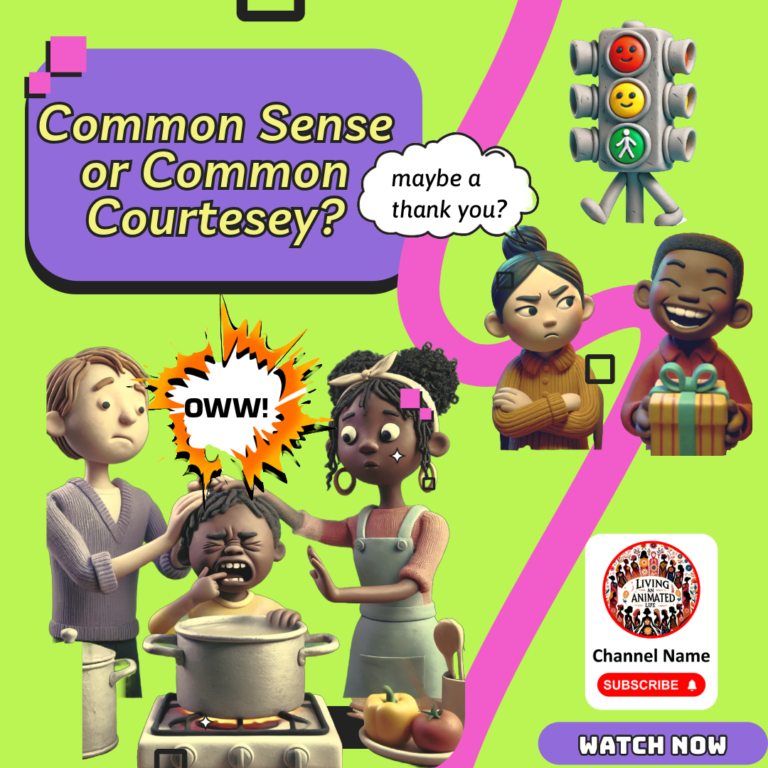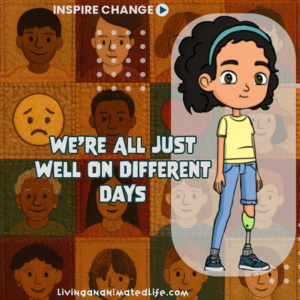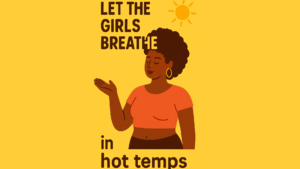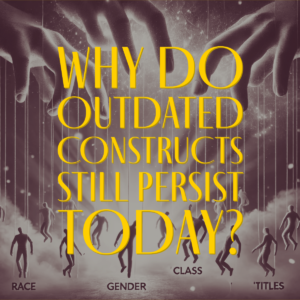🤔 You’ve probably heard it before—”Common sense isn’t so common anymore!” It’s a phrase people throw around when they see something that seems obvious yet is ignored. But what if the issue isn’t really about common sense at all? What if what we’re really talking about is common courtesy?
In reality, common sense and common courtesy are two different things—but people often confuse them. Understanding the difference can help us navigate social situations with less frustration and more peace of mind.
What’s the Difference?
🔥 Common Sense = Basic survival and logic. These are things that most people, regardless of background, understand instinctively or learn early in life.
- 🔥 Don’t touch fire—it burns.
- 🚦 Look both ways before crossing the street.
- 🛑 If a car is on fire, don’t climb inside!
- 🍽️ If you don’t eat, you’ll get hungry.
Common sense deals with cause and effect—things that, if ignored, lead to obvious and sometimes dangerous consequences.
🤝 Common Courtesy = Social expectations and politeness. This varies by culture, upbringing, and personal experience.
- 📱 Is it rude to talk on the phone while checking out at a store?
- 🏠 Should you take off your shoes when entering someone’s home?
- 💬 Should you greet everyone in a room, or is a nod enough?
- 🚪 Is it expected to hold the door for the person behind you?
Courtesy is more about what people perceive as respectful or polite—but unlike common sense, it’s not universal. Different cultures, generations, and individuals have different ideas about what’s necessary.
The Gray Area: Is It Rude or Just Different?
A lot of what people call a “lack of common sense” is really just a difference in social norms. The real frustration comes from expecting others to behave a certain way—and being surprised when they don’t.
Take being on the phone while talking to a cashier as an example. Some people see this as rude because they believe you should be fully present with the person helping you. Others see it as multitasking—after all, the cashier is just scanning items, and the conversation might be important.
Neither side is wrong—they just have different views on what’s courteous. But is it a lack of common sense? Not really.
Other examples of this gray area:
- 🍜 Slurping soup is a sign of appreciation in some cultures but considered bad manners in others.
- 🚶♂️ Personal space varies—some cultures stand close when talking, while others prefer distance.
- 🎁 Gift-giving expectations differ—some people expect a ‘thank you’ right away, while others see it as implied.
These differences don’t mean one group lacks courtesy; they just express it in different ways.
Cultural and Generational Shifts in Courtesy
Sometimes, what feels like a decline in courtesy is really just a shift.
🔄 Cultural Norms Change – In one country, making eye contact is respectful; in another, it can be seen as confrontational. What’s considered polite today may not be tomorrow.
👶 Generations Have Different Social Rules – Older generations might expect formal greetings like “Good morning” or “How do you do?” Younger people might be fine with a simple “Hey” or even just a nod. Neither is wrong—just different ways of communicating.
Finding Peace of Mind in a Diverse World
Instead of getting frustrated when people don’t behave as expected, it helps to step back and ask:
- ❓ Is this actually common sense, or is it just my expectation of courtesy?
- 🌍 Could this be a cultural, generational, or personal difference?
- 🤔 Does this truly harm anyone, or is it just different from what I’m used to?
Recognizing that not everyone expresses courtesy the same way makes life easier. It doesn’t mean lowering your standards—it means expanding your understanding.
So maybe common sense isn’t disappearing after all. Maybe we just need to make room for different forms of common courtesy in a world full of different perspectives.








